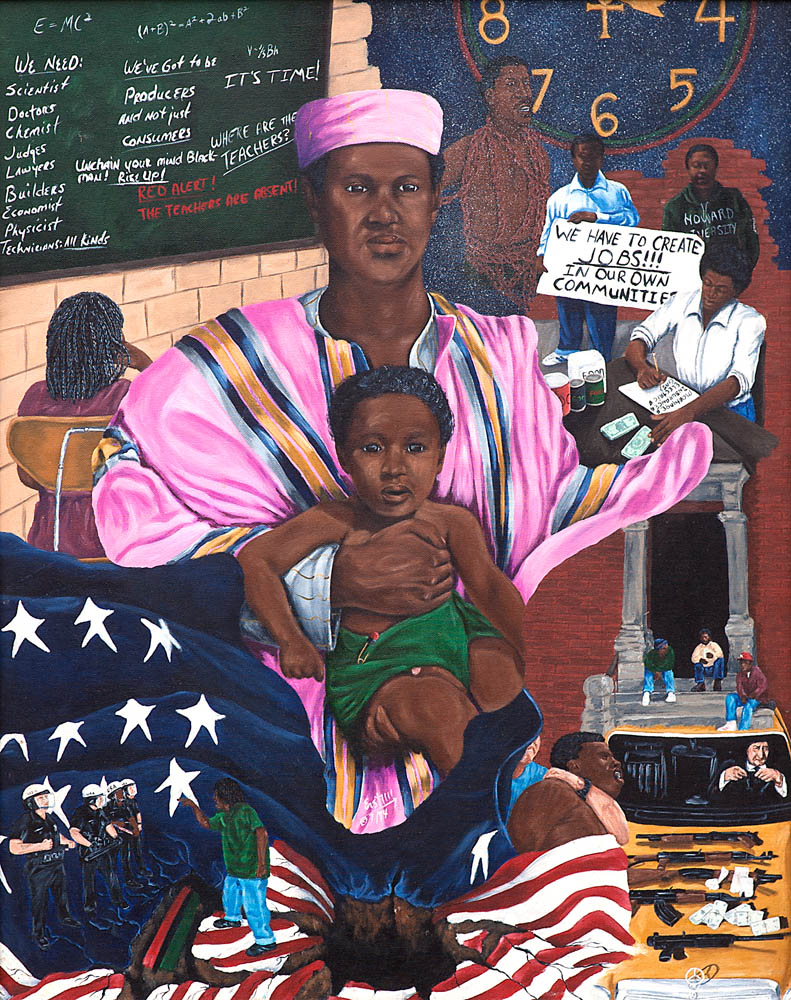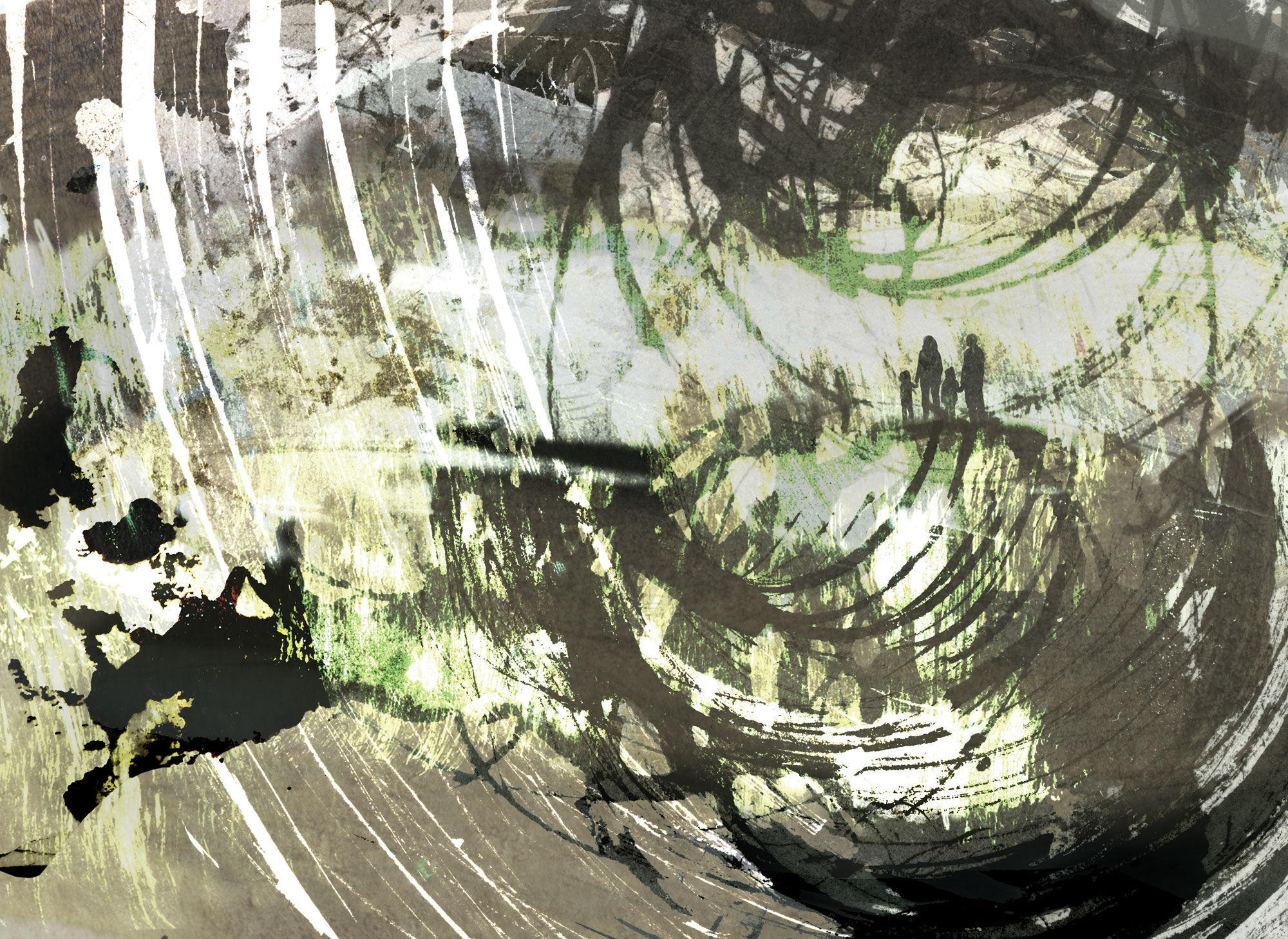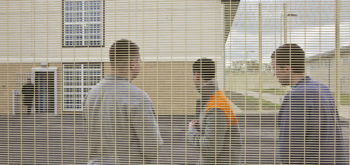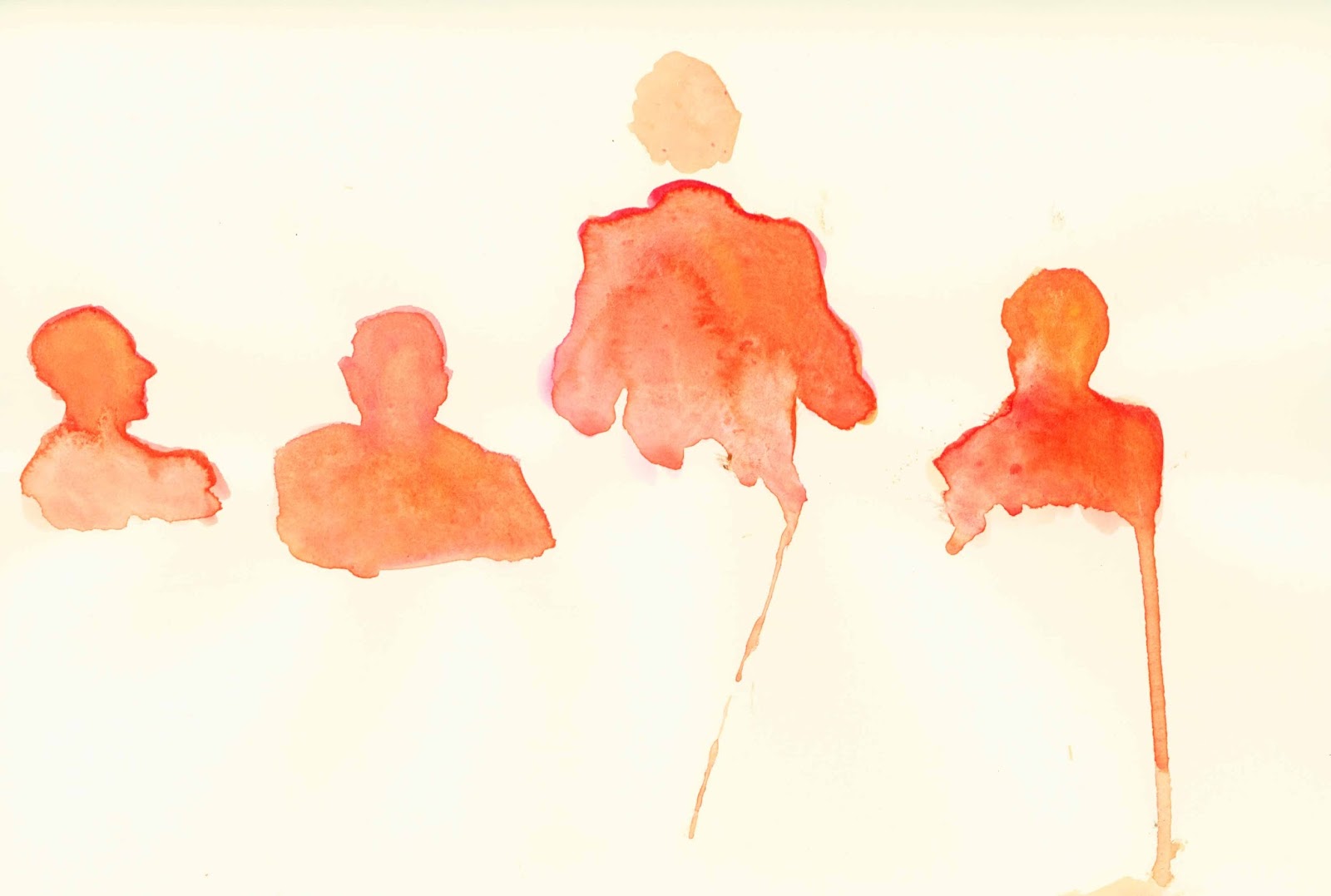Some 28 states in the US still have the death penalty allowing them the authority to end the lives of those it finds guilty by means of lethal injection, electrocution, lethal gas, hanging, or firing squad. Oskar Butcher recently spoke with Ndume Olatushani, who spent 28 years in prison – 20 on death row – for a crime that he did not commit: the 1983 murder of Joe Belenchia
It should come as no surprise that institutional racism extends to the ultimate punishment, with evidence showing that death sentences are more common both where the victim is white, and where the defendant is from a minority. Moreover, the practice of executions in the US is historically traceable to the era of lynching and racial terror that lasted into the early 20thcentury.
The white supremacy evidenced when police officers extra-judicially killed George Floyd – or Trayvon Martin, Tamir Rice, and countless others is – only the tip of the iceberg. From stop and search to the death penalty, the entire system exhibits the same pattern. And whilst fallibility means that innocent people will be sentenced to death and face execution, racism means that, in the United States, they will be disproportionately black.
Decades of legal battles uncovered that evidence used against Ndume Olatushani had been fabricated, and evidence of his innocence suppressed, with systemic racism playing an undeniable role in his fate. In 2012, he accepted an Alford Plea – officially maintaining his innocence whilst pleading guilty to second degree murder in order to avoid years more legal battles sat behind bars. On the record, he remains a felon, with no right to compensation or even so much as an apology.
Meanwhile, Joe Belenchia’s murderer has never been found. His reflections on race, injustice, and innocence on death row make for powerful reading as the protests against the death of George Floyd continue.
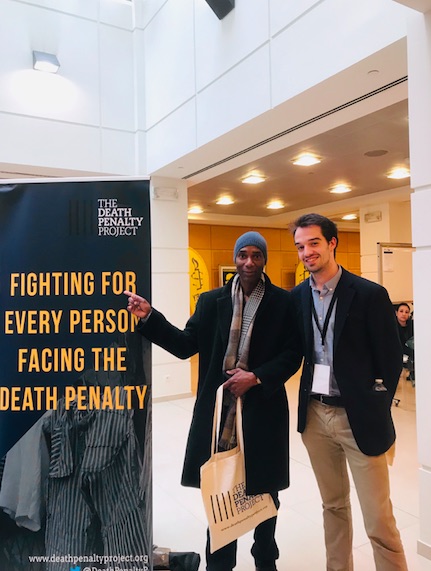
Oskar Butcher: How and why do you think that you ended up on death row?
Ndume Olatushani: The reality is that race was a primary issue – as it always is with the death penalty in America. Race and class just come into play. I was accused of killing a white person in the south of the United States, and I was tried by an all-white jury in a city that was majority black. That speaks volumes. The prosecutors used every one of their peremptory strikes [during jury selection] to remove black jurors, which is how I ended up with an all-white jury. I also think that during my trial, the only thing that the state was interested in was closing the case – because they knew that I was innocent. The authorities certainly weren’t trying to solve my case. All the evidence that was used against me was fabricated, so it’s not like they made an honest mistake. They knew I was not the perpetrator, because the evidence that they used against me in court was fabricated, and evidence of my innocence was withheld – meaning that the jury never even heard it.
OB: How was death row different to other parts of prison that you experienced?
NO: The difference in treatment on death row, as opposed to the general prison population, is like night and day. Can you imagine being in a four by nine foot cell, where you can’t even stretch your arms out? Imagine being in that space for 23 hours a day – and the only time outside of your cell is one hour of recreation in a cage. And whenever you come out, you’re handcuffed and shackled by your ankles, escorted by two prison officials. They would even chain and shackle me, for 15 minutes, to move me two feet into the shower. I was allowed to shower for less than 10 minutes before I was removed, shackled and chained – again for 15 minutes – and scooped two feet back into my cell. During nearly 20 years on death row – 19 years, 11 months and a few days to be precise – I never had the opportunity to touch grass, even though it was right outside my cage. So, the first day that I got off death row, I went out in the general prison population yard, took my shoes off, and walked barefoot on grass. I could walk around in the prison yard, with the sun directly on top of me, unhindered by a cage. It may not sound like nothing, but it really was. Compared with the way that I was treated on death row, isolated and in solitary confinement for 23 hours a day, the 8 years that I spent in the general prison population was much better. It was like night and day for me.
OB: It seems impossible to imagine for someone who hasn’t been through it…
NO: The best way to understand would be, when you go home tonight, go into your bathroom and imagine having to spend 23 hours of the day in there, and that the only hour you can go outside is into a cage. That would be my suggestion to get a sense of what it might feel like. But as you say, without being there, you really can’t know what it’s like when people are telling you that they are going to execute you.
OB: What went through your head when you first heard the death sentence being passed?
NO: The prevailing emotion was that I was really angry. I was really angry that I had to sit through that kangaroo process, where these people were telling all of these lies, and doing it with a straight face as if they were telling the truth. And then seeing the jury buy it, my most prevailing emotion was certainly anger. But I also experienced a lot of pain for my mother, because she had to sit through it all and was made a party to that circus. That was the real thing for me, the hurt and pain that I felt for my mother and, alongside my anger, the helplessness of being unable console her.
OB: It struck me when we met was that you have a very calm demeanour, which was surprising given everything that you’ve been through.
NO: The thing that changed that anger for me was that, two years into my imprisonment on death row, my mother was killed in a car accident. Once that happened, it laid me flat on the ground. It was only after I began to pick myself up from that blow that I realised that, in order for me to move forward, I would have to let go of the anger that I had towards the people who had put me on death row. I knew that I had to move on. But I want to be really clear about this: I didn’t completely get rid of the anger. Anger is a human emotion, a part of life, and we should be angry when we look around and see injustice before our eyes. The thing that I learnt was that we should channel that anger into doing something – in my case, first off, that was saving my life. There are always going to be things that knock us down in life. The important thing is, really, how you pick yourself back up. The person that I am today is only here because I was able to survive my fight after my mother was killed.
OB: Alongside, of course, your relationship with you mother, are there any relationships from that time that stand out?
NO: Of course, I built relationships with people who were with me on death row. Some of them have been executed, some of them are still sitting there. I’m still in constant contact with several people who are still death row. I feel that I really have a responsibility now to let people who are in broken circumstances know that, as long as you have hope and keep getting up, everything is possible. A number of people from the outside world also extended their hand of friendship to me when I was on death row, when I really had nothing to offer anybody. I had the privilege to develop many such friendships. They are still very important to me, and I’m still in touch with those people. But I was so fortunate, and am so fortunate, because even though I was sitting on death row, I always had my family who stood with me. I came from a very strong family who stood by me, and they knew I hadn’t done it.
OB: What would you say is your overriding memory of being on death row?
NO: I think that it would have to be hope. I know that it’s true in life as well, but, if you’ve ever seen somebody in prison without hope, that’s really a sad existence. A couple of people who I was good friends with committed suicide because they lost hope. I was able to maintain the hope that one day I would be free. Even though I realised and understood that if the truth didn’t come out, I was going to be executed. Certainly, there were times when I felt despair, but those were always fleeting moments for me, and I would go right back to hope, which allowed me to keep getting back up. But I didn’t do that by myself – my family and friends helped me even when I didn’t feel like I wanted to. They helped me to get up by the mere fact of standing with me, even when it felt like the world was against me.
OB: Can you tell me about how you came to discover art, and what that has meant for you?
NO: Really, but for my art, I wouldn’t be sitting here right now. It was part of that hope. The pictures that I painted on death row, all of them were borne of the idea of hope – of what could be, and of what I wanted to see. I actually came into art right before my mother was killed in a car accident. There was an artist on death row with me at the time, and I commissioned him to do a portrait of me to send to my mother. Long story short, when the guy did this “portrait”, it looked nothing like me – but I had to pay him! Cigarettes were like currency, and I gave him 6 or 7 cartons even though it didn’t look anything like me. And I’m sitting in this cell, looking at this picture, and I’m thinking man – I could have done a better job myself and kept my money! Shortly after that is when my mother passed, and when I was trying to pick myself up, I just began to draw. And eventually I started painting too. So that’s really how I got into art. I stumbled upon it as I was going through this tragedy, and it was the best thing that could have happened to me. If it weren’t for my art, I have no doubt that I wouldn’t be sitting here talking to you now, because it was really through my art that people were drawn a little closer, and when they were drawn closer, they learnt about my story. I even end up meeting my wife through my art, and it was through her work that we contacted the lawyers who eventually brought me home.
OB: Can you tell me about the ‘Alford plea’ and what it tells us about the American justice system?
NO: Through the Alford plea I was able to go before the court after being I prison for almost three decades, maintain my innocence, and essentially say that it’s in my best interests – rather than spending 2-3 more years in prison – to plead guilty to a lesser offence. In that way, I could leave prison right away. But from my perspective, the Alford is really in place to absolve the state from being responsible for what they’ve done. It happens on a weekly basis that innocent people, like myself, walk out of prison after decades, for things that they didn’t do. But once I accepted this Alford plea, the state could say “well, we still have this conviction”. And so, in spite of all the evidence, they don’t even have to apologise for what they did to me, or try to make me whole again – even though they never could. It completely absolves the state of any responsibility and, in that way, it exonerates the state of its crimes.
OB: What would you say to someone who argues that we can keep the death penalty, as long as it is only for people who are ‘definitely guilty’?
NO: As long as you have the death penalty, innocent people are going to be subjected to it. Period. And once that mistake is made, you can’t ever reverse it. So, no country or state should be in the business of executing people, because the only thing it does is cheapen life. The United States is one of the most violent societies in the world. Well, if executions work, why are we so violent? I think it’s in part because we’ve got a state that’s killing people. And as long as that system is in place, innocent people are inevitably going to be caught up in it.
OB: What have you been doing since you were released, and what are your plans for the future?
NO: Since I’ve been home, I’ve really been trying to educate people about the death penalty, as well as another pressing issue here in the USA: mass incarceration. There are hundreds of billions of dollars to be made in locking people up in the USA, and in this country, that simply means that somebody is going to jail. A lot of people who are sitting in jail really don’t need to be there, but they are, ultimately, because imprisonment is such a lucrative industry. As I said earlier, we don’t have to look far to find a whole lot to be angry about, and we should be angry. But we need to take that anger and channel it to do something about these issues. I feel a very real responsibility to work on these issues of social injustice within the criminal justice system – and the death penalty is right at the top of it.
Ndume Olatushani lives in Denver, Colorado.
This interview was originally published by Amnesty International UK and is reproduced here with a new introduction.
